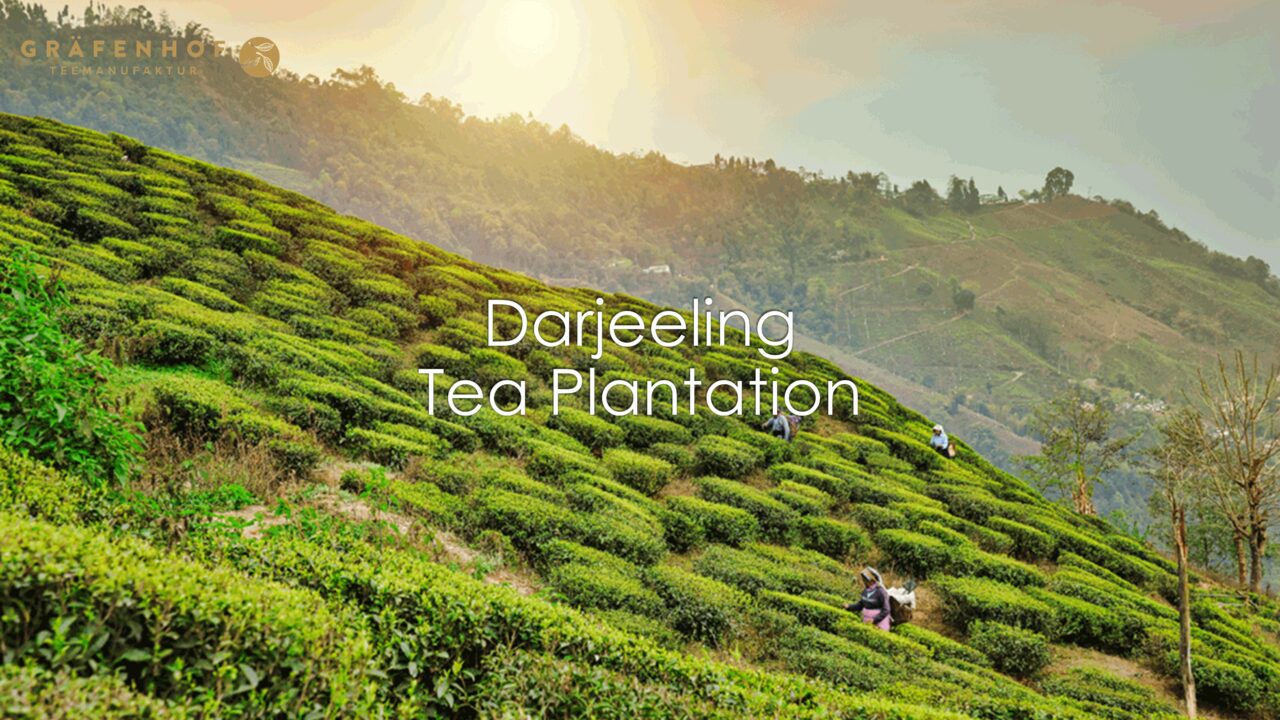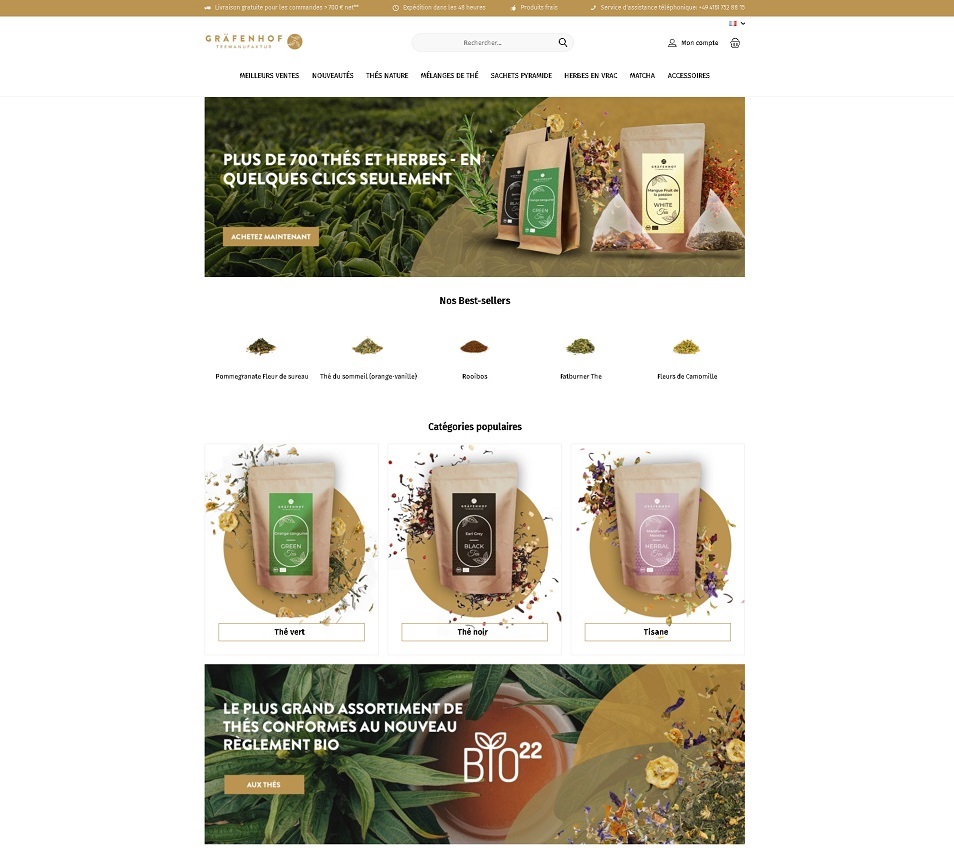THE MEANING OF DARJEELING TEA
In the world of tea, numerous regions grow and brew tea. Much of their names refer to the region where the tea is grown. Darjeeling tea is one such tea grown in the Himalayan belt of India, the beautiful Darjeeling Hills. Hence, the name Darjeeling.
Darjeeling is one of the few teas with a certificate of origin. Since 1999, only tea produced in the 87 registered gardens in the region can be labeled “Darjeeling,” although checks are inadequate and counterfeiting is rife; far more tea is sold as Darjeeling than these estates could produce. To add to the confusion, in some countries where they are exported, blenders may label much tea as Darjeeling if 51% or more of the leaves are from Darjeeling.
In order to be called Darjeeling, a tea must come from the Darjeeling district of the Indian state of West Bengal. “Darjeeling tea” is a legally protected geographical name for tea grown and produced in a well-defined region called “Darjeeling”. This situation is similar to the name “Champagne”, which is a sparkling wine produced in the Champagne region of France. Sparkling wines produced in other parts of the world cannot be called “champagne”.
Virtually any tea from the region can be designated as Darjeeling, which these days can mean a wide variety of white, oolong and green teas, in addition to the traditional black teas. But when we speak of Darjeeling, we are referring primarily to one of four consecutive harvests, all from a single farm, that produce a distinctively aromatic, medium-light-bodied cup.
Some of the camellia sinensis leaves used are from Chinese stock: either the original seeds from China and transported to Darjeeling, or the offspring (seeds) of the original plants.
Other varieties are clones, that is, varieties bred by cuttings for specific flavor or growth characteristics. Although sinensis leaves is still the dominant type found on all farms in Darjeeling, most farms now have a small percentage of assamica leaves.
Production details vary throughout the year and have been incorporated into a range of styles known in the region as flush.
In general, “Darjeeling tea” refers to a light to medium bodied black tea with fruity and floral notes, and perhaps a hint of liveliness. The brewed beverage usually ranges in color from light gold to darker bronze and has a strong fruity aroma. It is often considered one of the best teas in the world.



